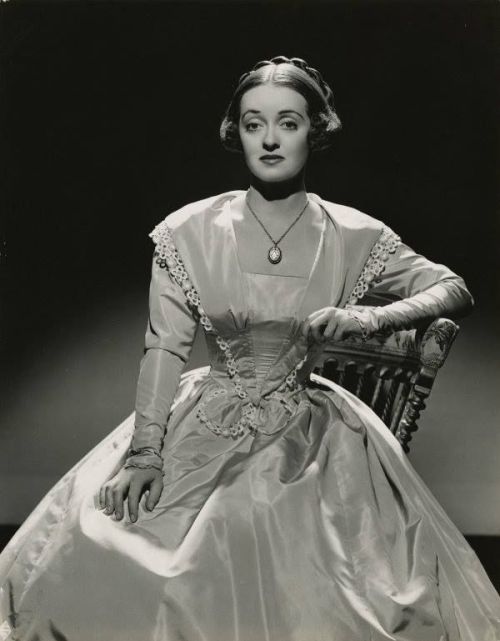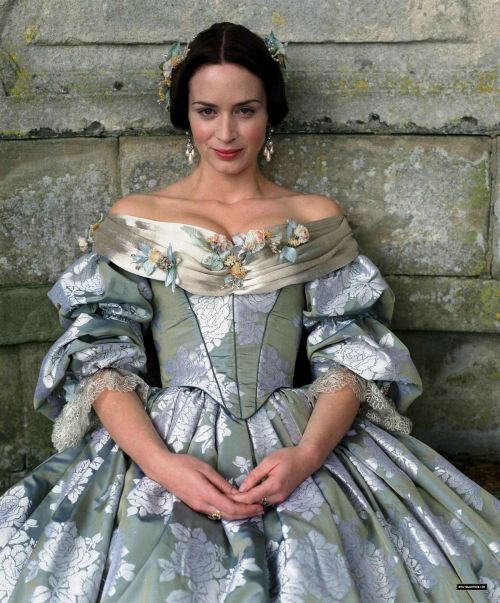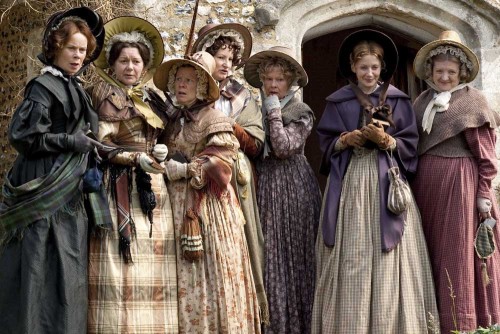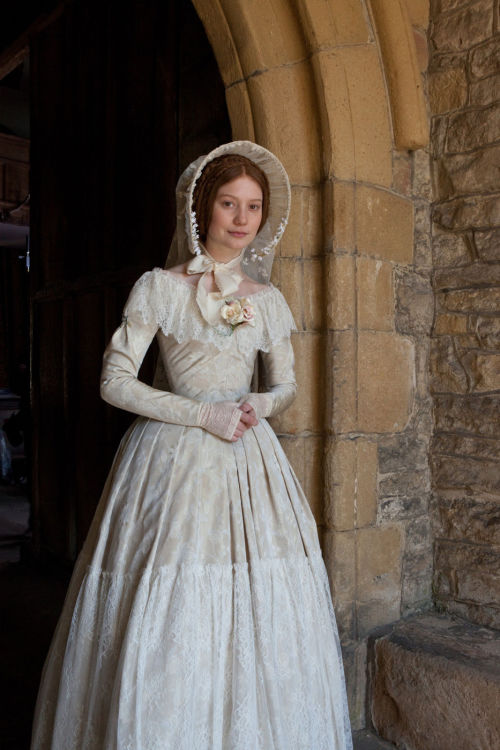
“STAR TREK VOYAGER” RETROSPECT: (3.26-4.01) “Scorpion”
After three seasons, the series “STAR TREK VOYAGER” entered into a new era with the two-part episode, (3.26-4.01) “Scorpion”. In “Scorpion”, the crew of the U.S.S. Voyager finally reaches Borg space after three seasons – an event that would serve as a turning point for the series.
Aired at the end of Season Three and the beginning of Season Four, “Scorpion” finds the Voyager entering Borg space. To the crew’s surprise, they discover that the Borg is engaged in a major conflict with another alien race called Species 8472. An even more discovery awaits when Captain Kathryn Janeway and her crew learn that the Borg is losing its war with Species 8472. But when the crew’s Ocampa nurse, Kes, receives hostile telepathic messages from Species 8472 and when Operation Officer Ensign Harry Kim has an encounter with a member of Species 8472 that nearly costs him his life, Janeway decides that the only way for Voyager to survive this new conflict is to form an alliance with the Borg that would guarantee the ship’s safe passage through Borg space.
Written by Brannon Braga and Joe Menosky, and directed by David Livingston (“Part I”) and Winrich Kolbe (“Part II”); “Scorpion” turned out to be an excellent story that is regarded as the best two-part episode in the entire series by TREK fans. Personally, I do not share this particular opinion. But I must admit that it was first-rate. As I had stated earlier, “Scorpion” served as a turning point for “STAR TREK VOYAGER”. First of all, the episode featured Voyager’s first encounter with Species 8472. The episode – at least “Part II” introduced new crew member, Seven-of-Nine aka Annika Hansen. Consequences from Janeway’s alliance with the Borg not only left her with a new crew member, but would end up having consequences in future episodes such as (4.16) “Prey”, (4.26) “Hope and Fear”, (5.04) “In the Flesh” and (5.15-5.16) “Dark Frontier”.
The emotional consequences of “Scorpion” was also well-handled by the screenwriters and the directors. One thing, the episode revealed that aside from the “Q” Continuum, a race more powerful than the Borg existed in “TREK” universe. Many fans saw the weakening of the Borg in the following “VOYAGER” episodes as something to mourn. I found this opinion amazing, considering that an episode highly popular with the fans, would prove to provide the first real sign of weakness with in the Borg. I had no problem with the gradual weakening of the Borg. If the Borg had remained the near unbeatable nemesis first introduced in “STAR TREK NEXT GENERATION”, their story arc would have remained stuck in perpetual stagnation. And it only seemed proper that the Borg’s gradual decline would occur on “VOYAGER”, considering that the series was set in the Delta Quadrant, their base of operation. There were other aspects of “Scorpion” that I found admirable – namely Jeffrey Baxter and Dick Brownfield’s special effects, along with Marvin V. Rush’s cinematography that greatly enhanced the sequences featuring the Borg’s confrontations with Species 8472.
“Scorpion” also revealed that the Janeway/Chakotay command team had yet to be fully been realized by the end of Season Three. When I first saw this episode, it amazed me that the Captain and her First Officer had failed to perfect a command style after three years in the Delta Quadrant. Now I realized that I should not have been surprised. Janeway and Chakotay spent the first two seasons trying to merge the Starfleet and Maquis factions of the ship’s crew. Once the two factions learned to regard themselves as one crew, both Janeway and Chakotay spent all of Season Three congratulating themselves for achieving this fusion and ignoring the fact that they had yet learned to create a stable command team. They only had one misstep during Season Three – namely Chakotay’s experiences with a colony of former Borg drones in (3.17) “Unity”. Seasons One and Two served as Janeway and Chakotay’s attempts to fuse Voyager’s two factions into one. Season Three served as their honeymoon period. But during Seasons Four and Five – starting with “Scorpion” – the two senior officers were finally forced to confront each other’s personality quirks and form a solid command team.
Both Captain Janeway and Commander Chakotay had made serious mistakes in “Scorpion”. Janeway blindly refused to accept Chakotay’s warnings about the Borg, believing that her position as Captain made her supremely right. She also allowed her disappointment in Chakotay’s doubts to blind her and take his criticisms personally. As for Chakotay, he allowed his past experiences with the former Borg drones in “Unity” to disobey Janeway and literally make a mess of the alliance she had formed with the Borg. It is possible that in this episode, he made a lousy First Officer, because he had yet to recover from no longer being the Captain of his old Maquis star ship. Now, I do not expect the First Officer to follow his/her captain blindly. It might make for great screen chemistry, but in reality, I cannot help thinking that would be a dangerous situation. Imagine how the crew of the “U.S.S. Caine” would have fared if Van Johnson’s character had blindly followed Humphrey Bogart’s in 1954’s “THE CAINE MUTINY”. Or how would the U.S.S. Enterprise-E have fared if Doctor Beverly Crusher, Lieutenant-Commander Worf and Lily Sloane had allowed Captain Jean-Luc Picard to continue his obsession against the Borg in 1996’s “STAR TREK: FIRST CONTACT”. I cannot help but feel that this conflict between Janeway and Chakotay should have been experienced by their first or second year together as Captain and First Officer. Not after three years. But unusual circumstances – namely their efforts to fuse the Starfleet and Maquis factions – prevented this.
Before I end this article, I have to comment on the acting featured in this episode. The supporting cast gave their usual solid performances – especially Tim Russ as Lieutenant Tuvok, Garrett Wang as Harry Kim, Jennifer Lien as Kes and Robert Picardo as the Doctor. But the truly outstanding performances came from three people – Kate Mulgrew, Robert Beltran and Jeri Ryan. The latter would prove to be an interesting addition to the “VOYAGER” cast as the ambiguous soon-to-be former drone, Seven-of-Nine. Beltran, who has always been belittled by “TREK” fans as a wooden performer, was far from wooden as a doubtful and paranoid Chakotay. Kate Mulgrew gave an equally first-rate performance as always complex and interesting Kathryn Janeway.
In a way, I can see why “Scorpion” is regarded by many “VOYAGER” fans as the high mark of the series. It is a well-written episode that steered the series into a new direction. But there are other two-part episodes that are bigger favorites of mine. I would not regard “Scorpion” as the high mark of “VOYAGER”, but perhaps as one of the series’ high marks.














































